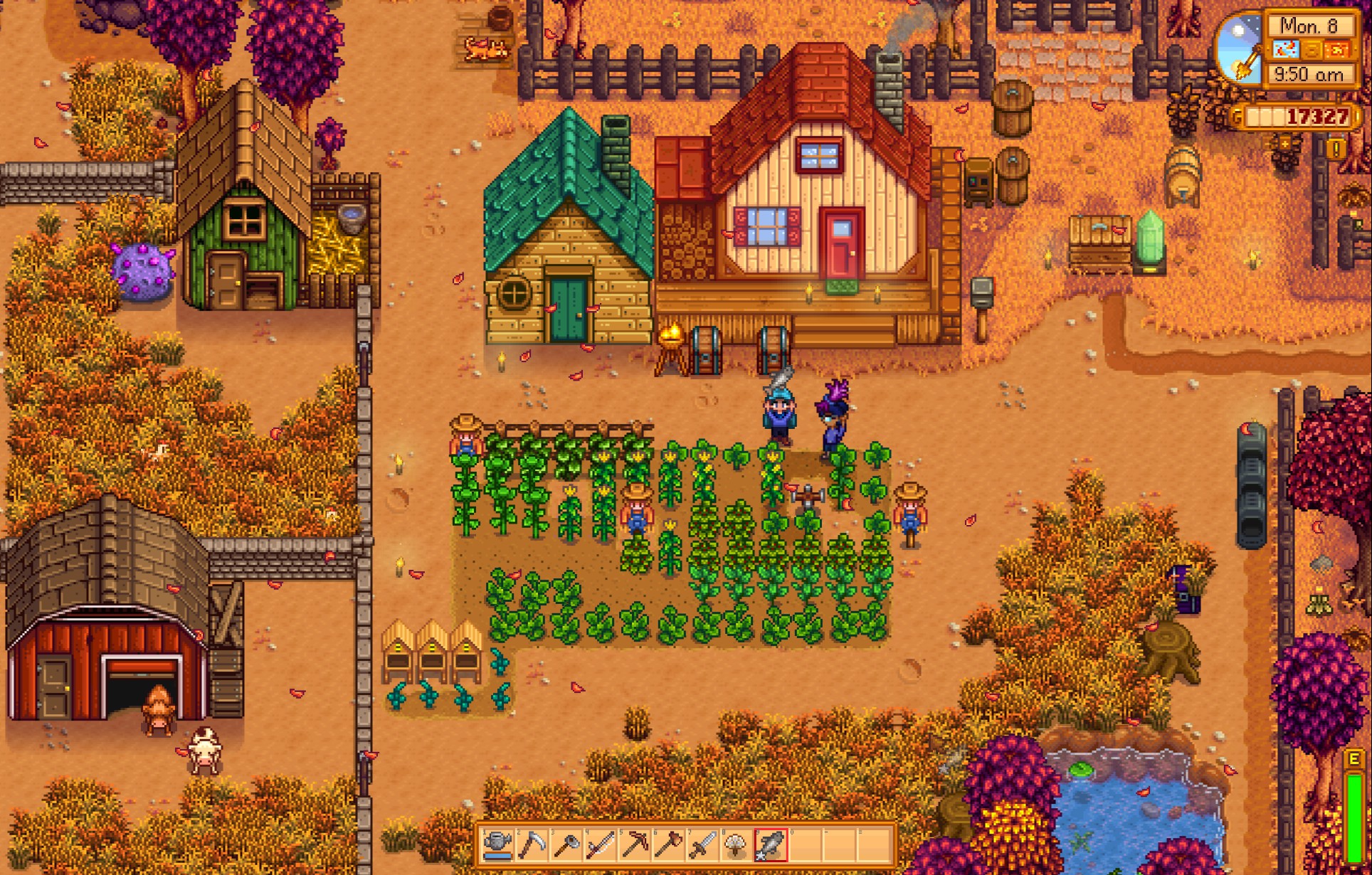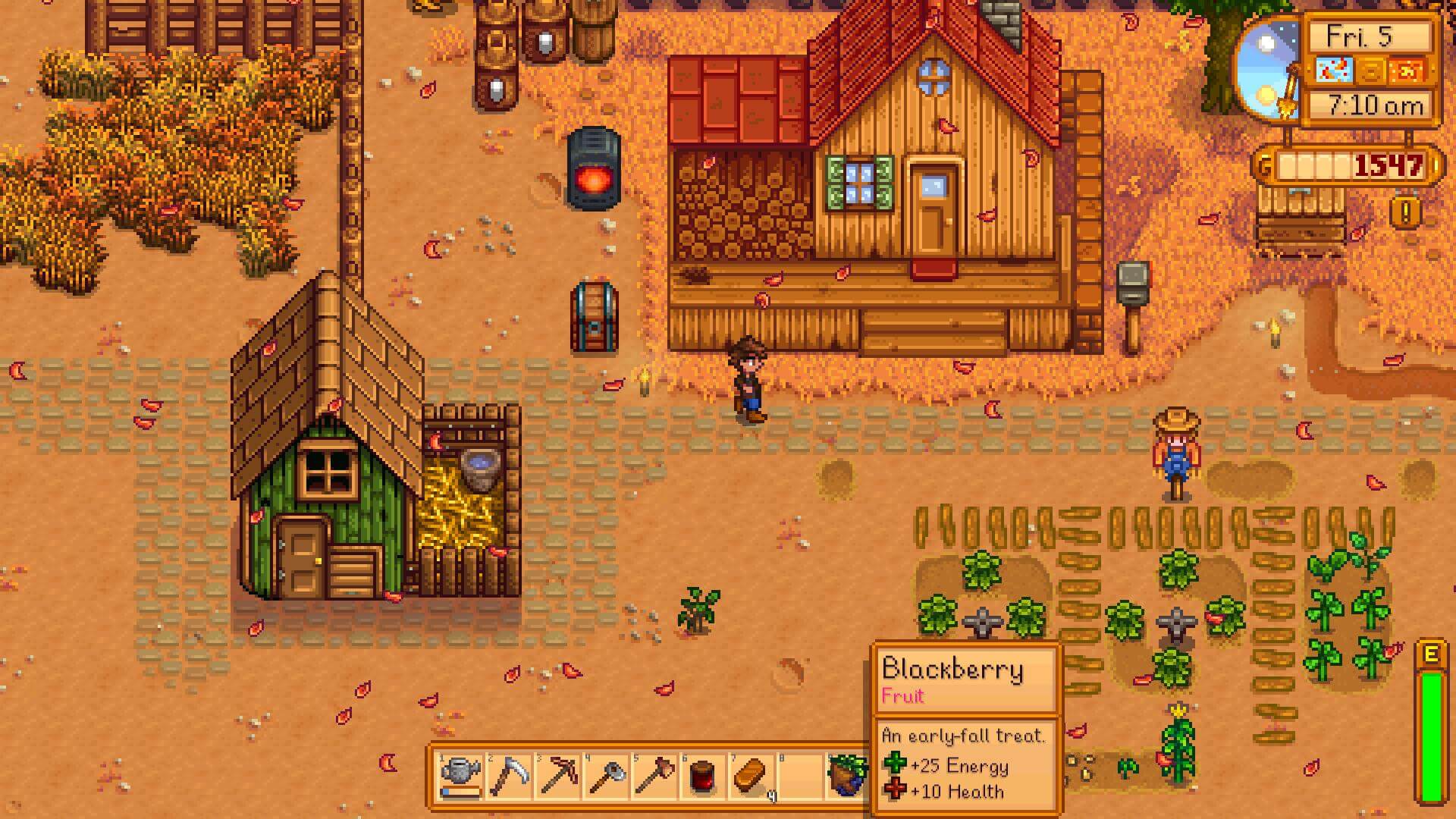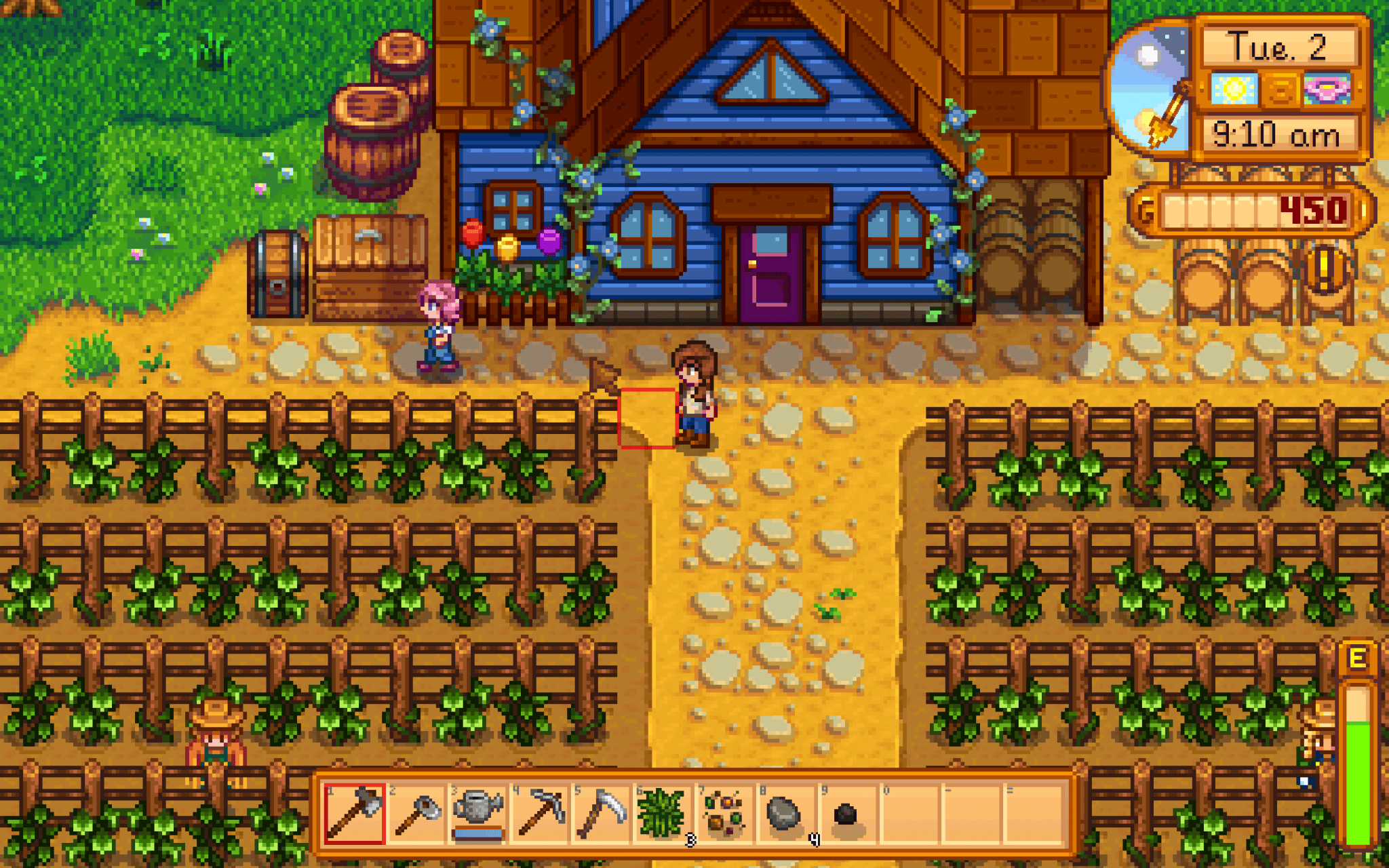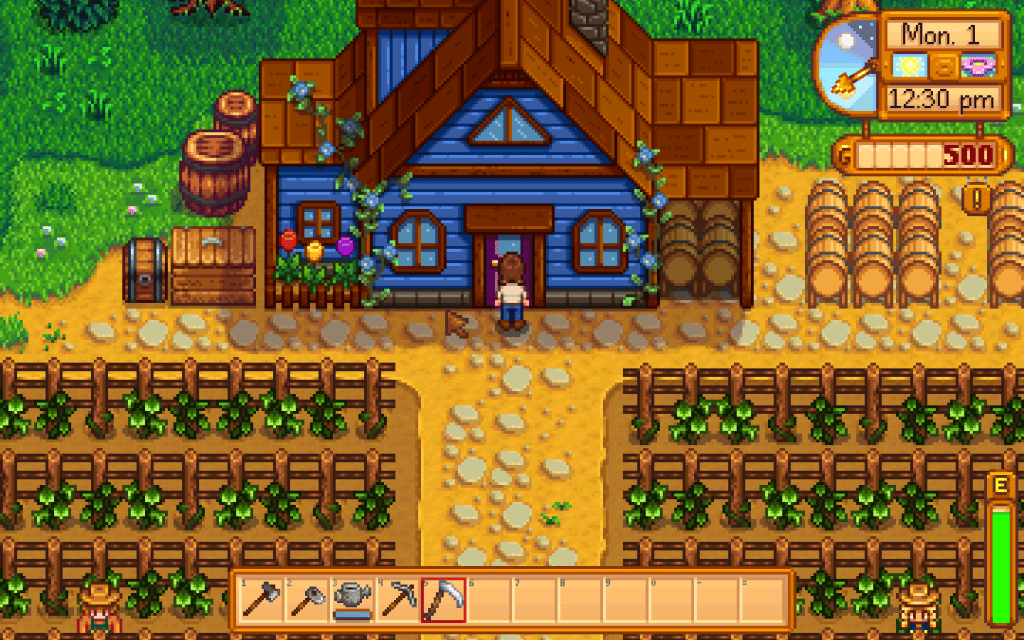Crop Rotation and Seasonal Planting: Maximizing Your Harvests
Growing a successful vegetable garden requires careful planning and strategy. One of the key techniques that can help you achieve bountiful harvests is crop rotation. This practice involves planting different crops in a particular order each season to maximize soil health and minimize pests and diseases.
By rotating crops, you can prevent nutrient depletion in the soil and reduce the build-up of pests and diseases that target specific plants. For example, planting beans one year and then corn the next can help break the life cycle of pests that affect both crops. This can lead to healthier plants and higher yields over time.

When planning your crop rotation schedule, it’s important to consider the specific needs of each type of plant. Some vegetables are heavy feeders and require more nutrients from the soil, while others are light feeders and can help replenish nutrients for subsequent crops. By grouping plants with similar nutrient requirements together, you can ensure that each crop has access to the right amount of nutrients.

In addition to crop rotation, seasonal planting is another important factor to consider when maximizing your harvests. Different plants thrive in different seasons, so it’s essential to plan your planting schedule accordingly. For example, cool-season crops like lettuce and spinach do best in the spring and fall, while warm-season crops like tomatoes and peppers thrive in the summer.

By planting crops at the optimal time for their growth, you can take advantage of the natural climate conditions and sunlight levels to ensure healthy and productive plants. Planning your planting schedule based on the seasons can also help you avoid potential issues like heat stress or frost damage that can harm your crops.

When designing your garden layout, consider the principles of companion planting to further enhance the health and productivity of your crops. Certain plants have beneficial relationships with each other and can help repel pests, attract pollinators, or improve soil health when grown together. For example, planting marigolds near tomatoes can help deter nematodes, while growing basil alongside tomatoes can enhance their flavor.

Another important aspect of maximizing your harvests is proper soil management. Healthy soil is the foundation of a successful garden, so it’s crucial to regularly amend your soil with organic matter like compost or manure to improve its structure and fertility. Testing your soil pH and nutrient levels can also help you determine the best amendments to use for optimal plant growth.
Watering your crops correctly is also critical for maximizing your harvests. Most vegetables require consistent moisture to thrive, so it’s essential to water them deeply and regularly, especially during dry periods. Mulching around your plants can help retain soil moisture and suppress weeds, reducing the need for frequent watering.
Lastly, don’t forget to monitor your garden regularly for signs of pests, diseases, or nutrient deficiencies. Early detection and intervention can help prevent small issues from becoming major problems that can impact your harvests. Consider using organic pest control methods like handpicking pests, introducing beneficial insects, or using homemade sprays to protect your plants without harmful chemicals.
In conclusion, crop rotation and seasonal planting are powerful tools that can help you maximize your harvests and maintain a healthy, productive vegetable garden. By following these practices and incorporating proper soil management, watering, and pest control techniques, you can enjoy abundant yields of fresh, homegrown produce throughout the growing season. Happy gardening!

